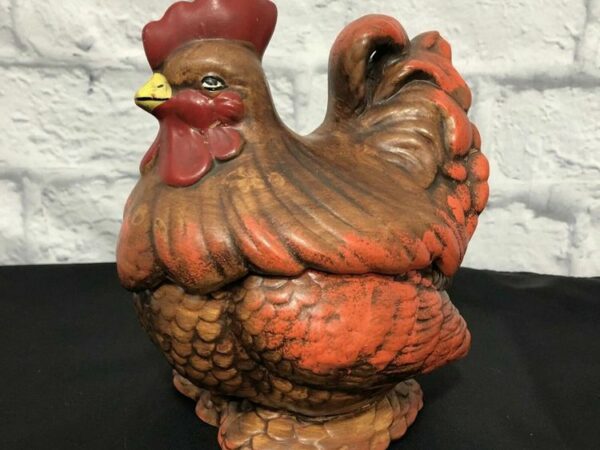Matchbooks have been around for over 100 years, and they can be found in a variety of colors, designs, and sizes. While some matchbook collectors focus on a particular theme or style, others simply enjoy the challenge of finding new and unique matchbooks. Whatever the reason for collecting, matchbooks can provide a glimpse into the past and offer a unique way to view history.
Matchbook collecting can be a fun and rewarding hobby, and it doesn’t require a lot of money to get started. In this blog post, we will teach you everything you need to know about starting your own matchbook collection. We will discuss the different types of matchbooks that are available, as well as the best ways to find and purchase them. So if you’re ready to start your new hobby, keep reading!
Table of Contents
The History of Matchbook Collecting
Matchbook collecting is a fascinating hobby with a long and interesting history. The first matchbooks were patented in the United States in 1892, and they quickly became popular. Matchbooks were originally filled with phosphorus-tipped matches, which made them dangerous to handle. However, modern matchbooks are safe to use and are filled with paper matches that are coated with a strike-anywhere mixture.
Matchbooks first became popular in the late 19th century, when they were used as a promotional tool by businesses of all kinds. Businesses would have their name and logo printed on matchbooks, and people would often save them as souvenirs. The idea quickly caught on, and by the early 20th century, matchbooks were being used by all sorts of businesses – from restaurants and hotels to cigarette companies and toothpaste manufacturers.
In the early 20th century, matchbook collecting became increasingly popular, and people began to trade and sell matchbooks as a way to make money. Today, there are many different ways to collect matchbooks, and the hobby is enjoyed by people of all ages. Whether you’re interested in the history of matchbooks or simply enjoy collecting them, this hobby can be both enjoyable and profitable.
How to Identify Vintage Matchbooks
While some matchbooks are worth very little, others can fetch hundreds or even thousands of dollars. However, identifying the age of a vintage matchbook can be tricky, as there are no clear-cut guidelines. And how can you tell if a matchbook is actually vintage? It comes down to the type, age and condition of the vintage matchbooks.
The Different Types of Vintage Matchbooks
Vintage matchbooks are a popular collectible, and there are many different types to choose from. Let’s take a closer look at the different types of vintage matchbooks.
Single Top Labels

The single top label style is particularly eye-catching, with a single square glued to the top of the matchbox. These labels were popular in the early 20th century, and many feature colorful designs and clever slogans.
All-Round Label
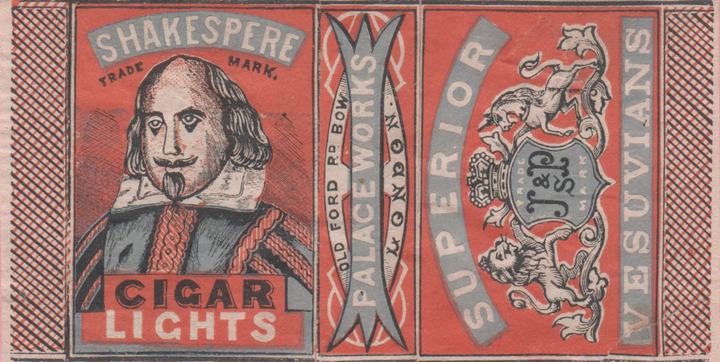
The entire outside of the matchbox is wrapped in the all-around label. This ensures that the customer can identify the box easily, regardless of where it is placed on the shelf. The all-round label also provides extra space for promotional messages or product information.
Skillets

Skillets are the modern matchbox that we all know today. They’re little boxes with a printed label on them, and they usually contain between 20 and 50 matches. Today, skillets are still widely used, and they remain an essential tool for anyone who enjoys lighting a fire with a match.
Packet-Size Label
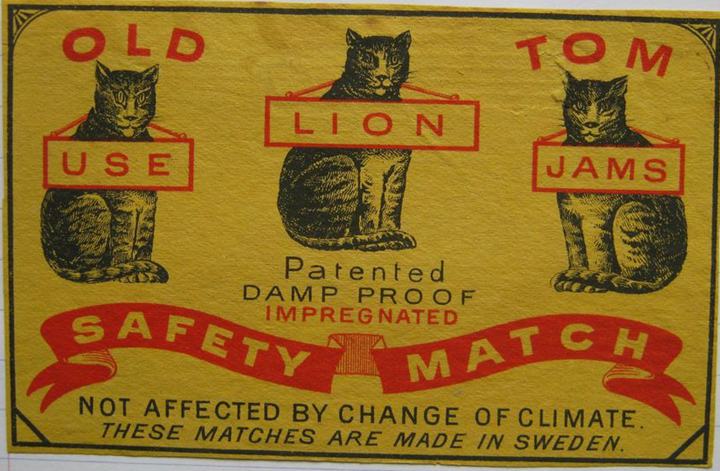
When it comes to matchbox labels, the rarest ones are from packets. The labels come from a packet that contains 10 to 12 boxes. Packet-size labels were usually used for advertising or for promotional purposes. They typically featured a company logo or slogan, and they were often brightly colored. Today, packet-size labels are highly sought-after by collectors. Because they are so rare, they can fetch a high price at auction.
Check the Condition of the Matchbook
If you are an avid collector of matchbooks, you know that one of the first things to check is the condition of the cover. If it is faded or brittle, it is likely that the matchbook is quite old.
Helpful Resources for Identifying Vintage Matchbooks
There are a variety of helpful resources that can be used for this purpose. Here are some of our recommendations:
- “Close Cover Before Striking: The Golden Age of Matchbook Art (Recollectibles)”by H. Thomas Steele
- “The Matchcover Collector’s Price Guide: The Comprehensive Reference Book and Price Guide to Matchcovers”by Bill Retskin
- “Matchcovers: A Guide to Collecting”by Esther Rancier
- “930 Matchbook Advertising Cuts of the Twenties and Thirties (Dover Pictorial Archive)”by Trina Robbins
Helpful online resources include:
How to Identify the Age of a Vintage Matchbook
Vintage matchbooks can make interesting and unique collectibles, but they can also be tricky to date. There are a few key things to look for that will help you determine the age of a matchbook.
Look for the Manumarks
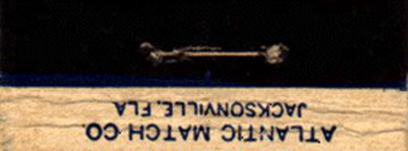
Manumark is a term that refers to the practice of putting a maker’s mark on matchbooks. Manumarks allowed manufacturers to easily identify their products, and they also helped to promote brand loyalty.
Manumarks are lines of text that are used to indicate the manufacturer of a matchbook. The manumark is usually located on the front striker cover, but on reverse-striker covers, it is located above the striker. Manumarks are very important in the world of matchbook collecting. They can help to identify the manufacturer, point of distribution, and age of a matchbook.
Some manufacturers to look out for include:
- Acme Match Co.
- Acorn Match Co.
- Book Match Co.
- Central Match & Label Co.
- Circle Match Co.
- Empire Match Co.
- Federal Match Co./Corp.
- Gem Match Co.
- Hercules Match Co.
- Jersey Match Co.
- King Midas Match Co.
- Manhattan Match Co.
- Rex Match Co.
- Standard Match Co.
Check the Footer
Manufacturer’s text located at the foot of the matchcover is known as a matchbook footer. Although this text is usually pretty small, it can provide some important information about the product. For example, the footer may indicate the date of manufacture, the location of the company, or contact information in case of a recall. In some cases, the footer may also include a short message or slogan. Although matchbook footers are often overlooked, they can actually be quite useful.
Valuable footers to look out for include:
- AMERICAN QUALITY
- ART MATCH QUALITY
- CLOVER FARM QUALITY
- DIAMOND QUALITY
- EDDY QUALITY
- EMPRESS QUALITY
- MAGNA QUALITY
- STONE’S QUALITY
- SUPERBA QUALITY
- UNION QUALITY
Analyze the Covers
The covers of matchbooks are sometimes dated, and this can help you to determine the age of the matchbook. If your cover isn’t dated, it’s going to be very hard to identify the exact age of the matchbook and the best you can do is narrow down your guess.
Another way to date a matchbook is by looking at the striker on the cover. Front-strikers were used up until 1978, so if you see a matchbook with a front-striker, you can be relatively certain that it’s from before 1979.
The size of the matchbook covers also matters. The early matchbooks were often quite long, and they featured a variety of designs. Over time, the matchbooks became shorter and more standardized. Additionally, take a close look at the artwork as vintage matchbooks often feature detailed graphics and bold colors. They may also include the name of the business or advertisement on the front cover.
How to Determine the Value of a Vintage Matchbook
If you’re a collector of matchboxes, you might be wondering how to determine the value of your collection. After all, with so many different brands and designs out there, it can be difficult to know where to start. Thankfully, there are a few easy ways to get an idea of what your matchboxes are worth. One of the best places to start is by comparing similar pieces on websites like eBay. By seeing how much other collectors are willing to pay for matchboxes that are similar to yours, you can get a good sense of the current market value.
Additionally, another way to find out is to have it appraised by a professional. An appraiser will be able to tell you how much your matchbox is worth, based on its age, condition, and rarity.
What Factors Influence the Value of a Vintage Matchbook
Factors like condition, age, and rarity determine the value of a vintage matchbook.
For collectors, the value of a vintage matchbook depends largely on its condition. Unstruck covers, which have not been used to strike matches, are considered the most desirable, followed by those with only minor damage.
The value of a matchbook is also determined by its age, with oldermatchbooks being more valuable than newer ones. Pre-World War II matchbooks are particularly coveted, as they offer a glimpse into a bygone era. In contrast, matchbooks from the post-war period are significantly less valuable, as they are much more common and lack the historical significance of their older counterparts.
Some foreign examples can be quite valuable. Part of the appeal is the exotic feel of these matchbooks, which can transport collectors to far-flung corners of the globe. They also offer a glimpse into another culture, providing insight into how people in other parts of the world lived. For instance, a vintage matchbook from Japan might feature traditional motifs, while one from Argentina might be adorned with tango dancers.
One important factor is how many copies of the matchbook were originally produced. A limited edition matchbook from a popular hotel, for example, is likely to be more valuable than a mass-produced matchbook from a local restaurant. In general, the rarer the matchbook, the higher its value will be.
What Kinds of Matchbooks Are Worth Collecting?
Matchbooks from the late 19th and early 20th centuries are particularly sought-after by collectors, as they offer a glimpse into the advertising and design of the era. In addition, the c. 1894-1941 period was a time of great change in America, making these matchbooks a valuable record of this turbulent era. Matchbooks from this period often featured intricate designs and colorful illustrations, making them both visually appealing and collectible.
Some matchbooks are worth more than others because of the manufacturer. For example, matchbooks from the Acorn Match Co. are worth quite a bit because they’re relatively rare. The same goes for matchbooks from the Empire Match Co.
During World War II, patriotic matchbooks became especially popular, as people looked for ways to show their support for the war effort. Today, these matchbooks are highly sought-after by collectors. Not only do they offer a glimpse into a fascinating period of history, but they also provide a tangible connection to the brave men and women who served during the war. Even some political matchbooks can be worth quite a lot if they’re from a significant election.
Navy matchbooks are a highly collectible item, especially those from before the war. In the past, most Navy ships issued their own matchbooks, and each one was unique. They featured the ship’s name and logo, as well as the names of the officers and crew. Many of these matchbooks are now held in private collections, but they can still be found at antique stores and online auctions.
Explicit matchbooks that feature graphic images or text that would not be considered appropriate for mainstream audiences. As a result, they are relatively rare, and can fetch high prices on the secondary market.
The Most Valuable Matchbook Covers in the World
One might not expect a matchbook to fetch a high price at auction, but the Charles Lindbergh matchbook holds the Guinness Book of World Records for most valuable in the world. In 2015, one of these matchbooks sold for $6,000. The reasons for this high price are twofold. First, the matchbook was produced in limited quantities and was only given to VIPs and dignitaries. Second, and more importantly, the matchbook is associated with one of the most famous aviators in history.
A matchbook cover depicting the 1965 season schedule for the Boston Red Sox sold for over $2,000. For die-hard Red Sox fans, this matchbook cover is a true piece of history.
In the early days of mass-produced matchbooks, businesses saw the potential to use them as a cheap and easy way to advertise their products. One of the earliest adopters was the Mendelson Opera Company, which began printing its logo on matchbooks in the 1890s. Today, these matchbooks are highly collectible, and can fetch hundreds or even thousands of dollars at auction.
What’s the Current Market Value for Vintage Matchbooks?
Any avid matchbook collector will tell you that the thrill is not in the purchase, but in the hunt. While some matchbooks can be found for a few dollars, the vast majority are only worth a few pennies. That’s why many collectors focus on finding rare and unique covers, rather than trying to amass a large quantity.
While many people believe that all vintage matchbooks are valuable, the truth is that only rare and unusual items are worth more than a few dollars. Matchbooks were once a common promotional item, and as a result, there are millions of them in existence.
The Value of Different Matchbook Covers
A vintage matchbook lot of famed Italian restaurants recently is selling for over $100.Of course, if you’re only interested in buying a single matchbook from restaurants, you can usually find them for a few dollars each. For example, The Brown Derby restaurant matchbook costs $5. The prices are similar for hotel matchbooks. A Mount Royal Hotel matchbook with visible wear goes for around $10.
Auto moto matchbooks may cost similar to hotel and restaurant matchbooks. A lot of 22 trucking matchbooks is selling for $28. A matchbook featuring a 68’ Buick goes for around $9.
WWII matchbooks are a hot commodity among collectors. For example, a matchbook depicting Hitler goes for $52.99. This is due to the fact that Hitler is one of the most infamous dictators in history, and his image is highly sought after by collectors. Other WWII matchbooks can fetch similar prices depending on their rarity and condition, like this matchbook featuring a war plane.
How to Find and Buy Vintage Matchbooks
One of the best places to start is eBay, where you can often find a wide variety of matchbooks for sale. However, it’s important to be careful when buying on eBay, as there are many fake and reproduction matchbooks on the market.
Another option is to join one of the many clubs dedicated to matchbook collecting. These clubs often hold regular meetings and events, which can be a great way to meet other collectors and learn more about the hobby. You can find a list of US clubs here.
Finally, don’t forget to check your local antique stores and flea markets. You can find antique stores on websites like Antique Store Finder or Antique Trader and you will usually get a better price than if you were buying online.
How to Care For Your Matchbook Collection
If you are lucky enough to have a matchbook collection, there are a few things you need to do to keep it in good condition:
- Keep your matchbooks in a cool, dry place. Exposure to sunlight and moisture will cause the paper to fade and the glue to loosen.
- Handle your matchbooks with care. Do not bend or crease the covers, and be careful not to rip the pages when striking a match.
- Organize your collection in a way that makes it easy to find and display the matchbooks you want to show off.
- If you need to clean your matchbooks, do so gently with a soft cloth. Don’t use any harsh chemicals or abrasive materials, as these can damage the delicate surfaces of the matchbooks.
- A cover should never be glued, stapled, pasted or attached in an album or scrapbook. There are special albums to display the covers.
FAQ
What is the purpose of a matchbook?
Matchbooks are typically used to light cigarettes, cigars, or candles, although they can also be used to start fires in an emergency situation.
Are matches waterproof?
The answer is both yes and no. Regular matches are not waterproof, but there are special types of matches that are designed to strike even when they are wet.
What are some interesting facts about matchbooks?
Did you know that the modern matchbook originated in 1892, when Joshua Pusey patented a design for “folding paper matches” that could be struck on any rough surface.
Are matchbooks still used today?
In today’s world of lighters and disposable lighters, matchbooks are increasingly becoming a thing of the past. Nevertheless, there are still some holdouts who prefer the old-fashioned way of lighting a fire.
How many matches are in a matchbook?
The number of matches in a matchbook typically varies depending on the brand, but most matchbooks contain between 20 and 50 matches.
How thick is a typical matchbook cover?
The average matchbook cover is approximately 0.007 inches thick. This thickness can vary slightly depending on the manufacturing process.
Conclusion
The hobby of matchbook collecting is one that can be enjoyed by people of all ages. While many collectors focus on acquiring rare and valuable examples, the simple act of collecting can be a fun and rewarding experience in itself. One of the most important things to understand about matchbook collecting is that condition is everything. A matchbook that has been well-preserved will be worth far more than one that shows signs of wear and tear.
Antique stores, flea markets, and online auction sites are all good places to start your search. Some collectors only collect matchbooks from a certain era or with a particular theme. Once you’ve started accumulating matchbooks be sure to take steps to protect the matchbooks from extremes of heat and humidity. So what are you waiting for? Start collecting today!
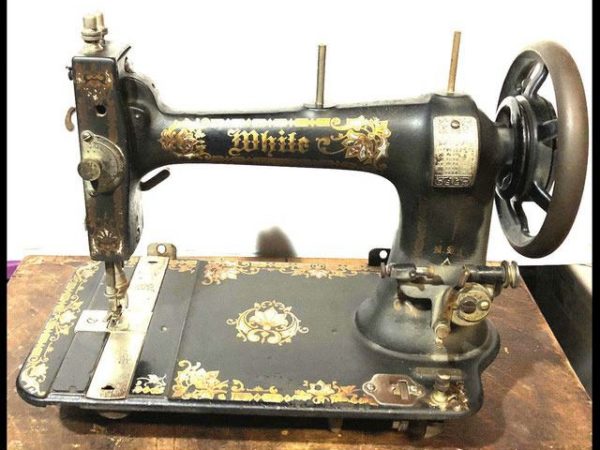

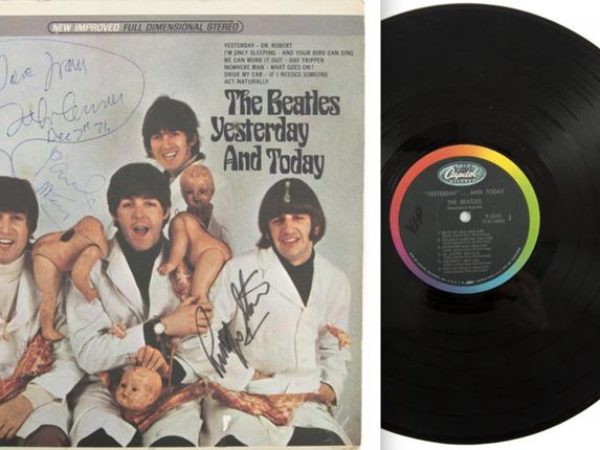

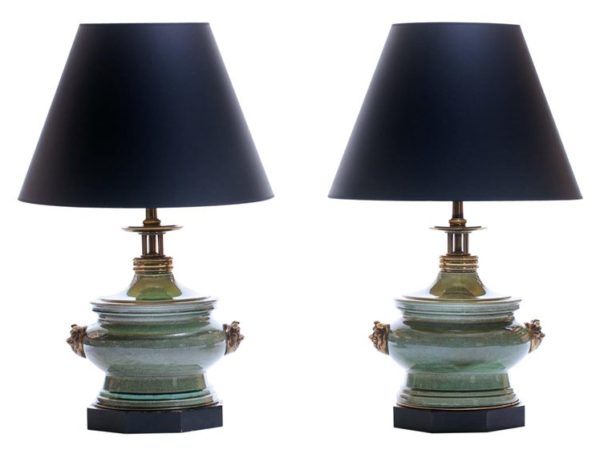
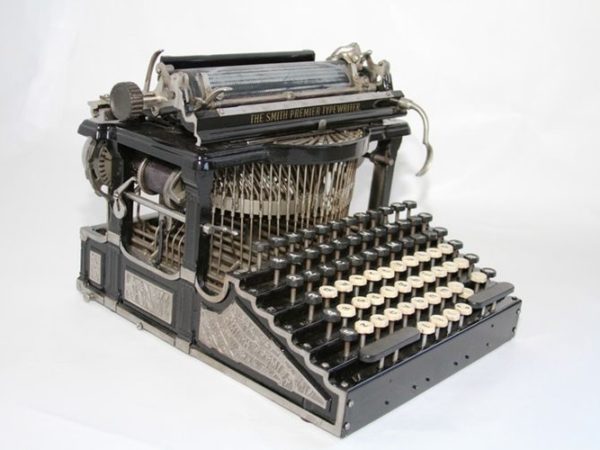
![Vintage Schwinn Bikes: [Types, Identification, and Values]](https://www.txantiquemall.com/wp-content/uploads/2022/05/5.-Schwinn-1967-Ramshorn-Fastback-Stingray-Sky-Blue-vtg-600x450.jpg)
